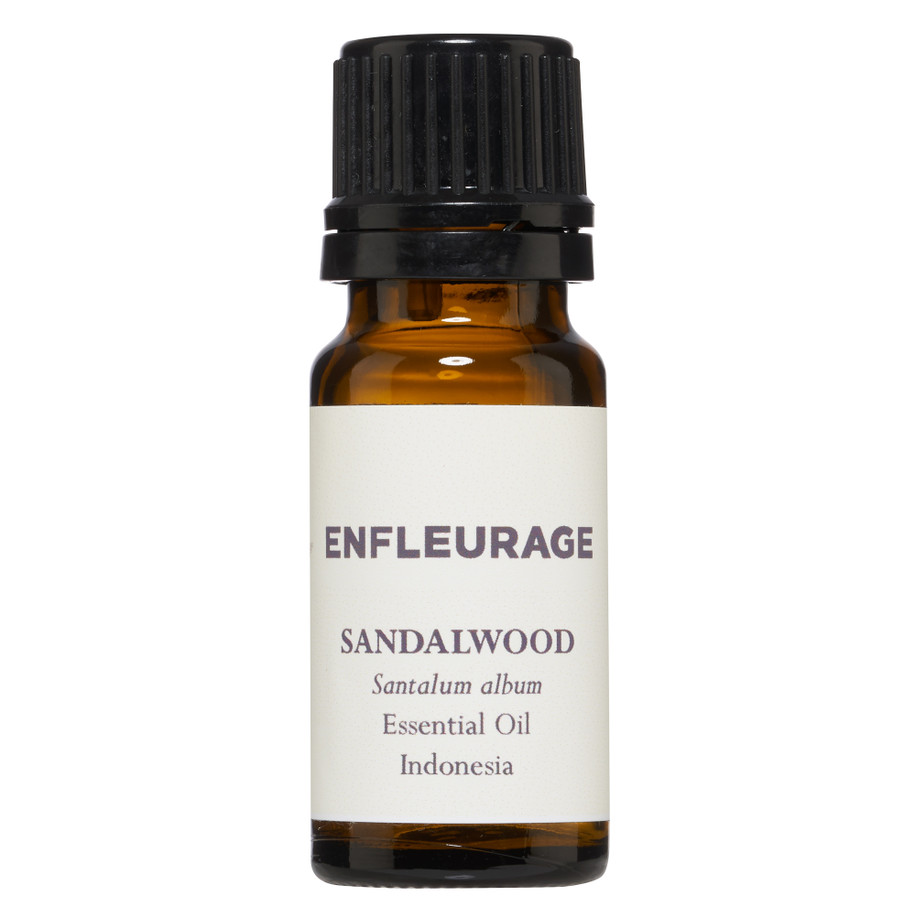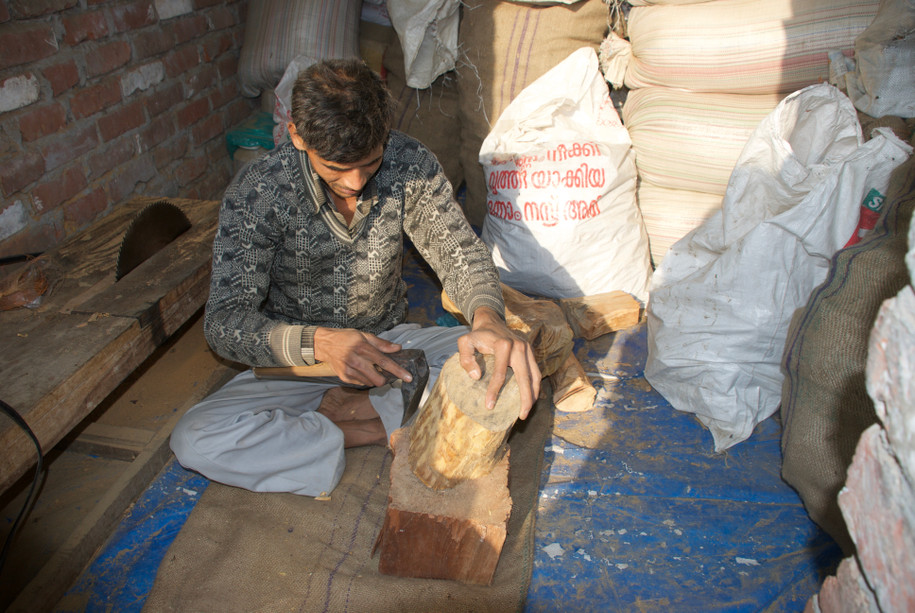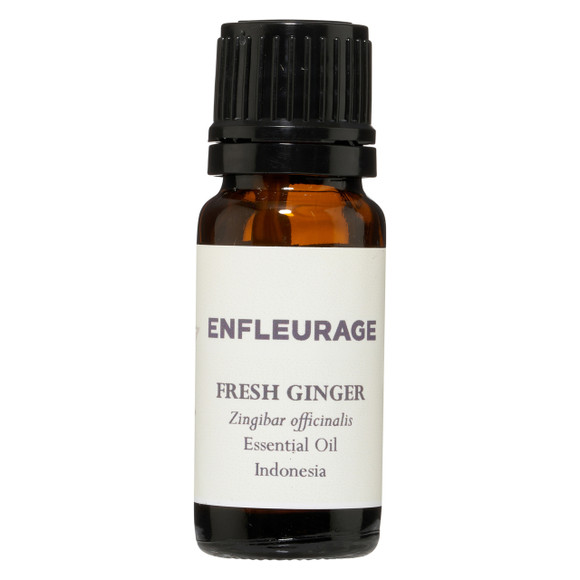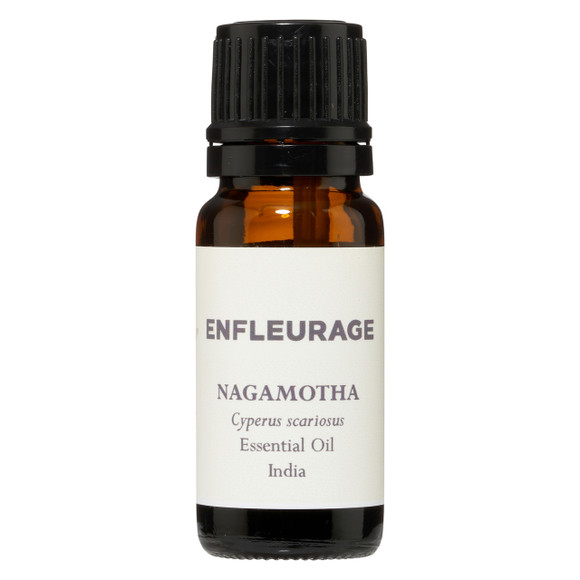Santalum album
Santalaceae family
Grown and distilled in Indonesia
It's hard to write something about sandawood that's not immediately over the top...and there's a lot of mis-information out there. There are a lot of oils that come cloaked in a sandalwood disguise. There is no Indian Santalaum album available commercially, let's get that out of the way. It's done. No more. If someone says they have it, proceed with suspicion.
Most of the newer sandalwood plantations are in Australia, and often they are other species, such as austrocalidonicum, spicata, osiris, etc, but ours is from Sri Lanka, and the variety is the true East Indian, It's Santalum album. Sandalwood is native to India and Sri Lanka and also Indonesia and surrounding islands such as Timor.
Often, now, when buying sandalwood, and craving that almost indescribably soft warm heart, one finds a sharp note, a spicy note, something abrupt and jumpy. That's usually because it's not Santalum album, but one of the other varieties now grown, and I won't go into them, because we have what we have found to be the most reminiscent, the closest, to the East Indian variety of Santalum album. It's Sri Lankan Santalum album.
Trees should be at least 25-30 years old before they are harvested and distilled. The roots are traditionally the heaviest parts meaing with the highest oil yield. The distillation requires heroic amounts of labor, with the wood needing to be sawn, chopped, and ground. Each distillation lasts many hours and requires precision and experience, and a large amount of fuel for heating the water...Sandalwood trees are parasitic--the roots must attach to a nearby tree to leach their nutrients, but they do not kill their hosts.
A Sandalwood Tree
by Samanyan Lakshminarayanan
amidst
this intense forest
where no human
treads upon
so much of incense
who inhales
the perspiration
of these
sandalwood trees
even if human does not
it' stands tall
when human knows
he bereft to benefit
poor tree
it has no arms to resist
even after death
it's life lingers
in it's smell
Sandalwood
Sandalwood is
In Malaya hills
Like this
O my dear
You are here with us.
In My Sandalwood Garden
by Anthony Theodore
I built a small hut
In my sandalwood garden..
The wind fell in love with
my sandalwood trees.
Wind comes to visit sandals
every now and then,
in the morning, noon and at dusk.
The wind comes stealthily at night
to visit the lady love, The Sandal.
Why do I need a mansion?
I sleep in my small hut
peacefully, breathing always
the sandal perfume
which the wind steals from
his lady love.
Let's have a look at Arctander, under his entry for East Indian Sandalwood, which is Santalum album, the same as ours, and grown in the same part of the world. Sri Lanka, which used to be called Ceylon, has used sandalwood for over 1000 years.
The oil is from steam or water distilled from finely chopped or coarsly ground wood and roots. The origins of this tree (Santalum album) are, as noted above, India, Sri Lanka, and Indonesia. At the time of writing, Arctander places virtually all distilleries in India and this was probably true in 1960. But today even the state distillery at Mysore is not very functional, and the distilleries have moved closer to the trees. Our sandawood is distilled in Sri Lanka.
Sandalwood is a pale yellow to yellow viscous liquid, having an extremely soft, sweet-woody, and almost animal-balsamic odor, with little or no topnote, and remaining uniform for a considerable length of time due to its outstanding tenacity. It's an outstanding blender and gives tenacity with other magnificent oils
Blends with almost everything but known in particular for rose, violet, jasmines, tuberose, lavender, bergamot, carnation, etc. Sandalwood also used to provide a gentle base for the codistillation of other aromatics to make Attars, like mitti (earth), gulab (rose), Kewda (pandanus), Mogra (sambac), Amber (a mix) etc. These attars are made today with di-octyl-phthalate, as sandalwood becomes very rare.
Sandalwood is also a background note and sweet fixiative in amber perfumes, in opoponax and precious wood types: orris, labdanum, oakmoss, patchouli, vetiver, geranium, mimosa, cassie, clove, etc.
There's not really much call for using it as a flavor. It's too bitter.
Battaglia and aromatherapy properties:
The Complete Guide to Aromatherapy has a very long and detailed entry for many sandalwood species, in addition to the album.
Clinical aromtherapy uses....Sandalwood is generally known to have anti-inflammatory actions, and effective on the skin, for eczema, psoriasis, irritation and dermatitis.
Lymphatic system--varicose veins, swoolen lymph nodes
Nervous system--soothes hot, agitated emotional states that lead to headache, insomnia and nervous tension.
Respiratory system--useful against respiratory tract infects, especially where dryness is a factor--it provides sooting and demulcent effects.
Skincare--sandalwood is considered to be soothing, cooling and moisturizing. Excellent for dry skin but also good for acne.
Urinary system--sandalwood has been used traditionally and comonly for urinary tract infections, including cystitis and gonorrhoea.
Safety Warning
As with most essential oils, dilute before using on skin. Perform a patch test before use if essential oil sensitivity is suspected. Do not take essential oils internally. Do not use on children or pets. Seek advice from a trained aromatherapist before using on people with compromised immune systems. Keep away from eyes and mucus membranes.
Enfleurage makes no medical claims relating to any products, essential oils or otherwise, on our website or through social media. We are an essential oil company, not doctors, The FDA has not evaluated the statements on this website. We present our information in order to educate our customers on traditional and general uses of essential oils; in no way do we diagnose, cure, treat, or prevent any disease or condition.
You the customer are responsible for understanding the safe use of any and all of our products, including essential oils, and use them accordingly.




















